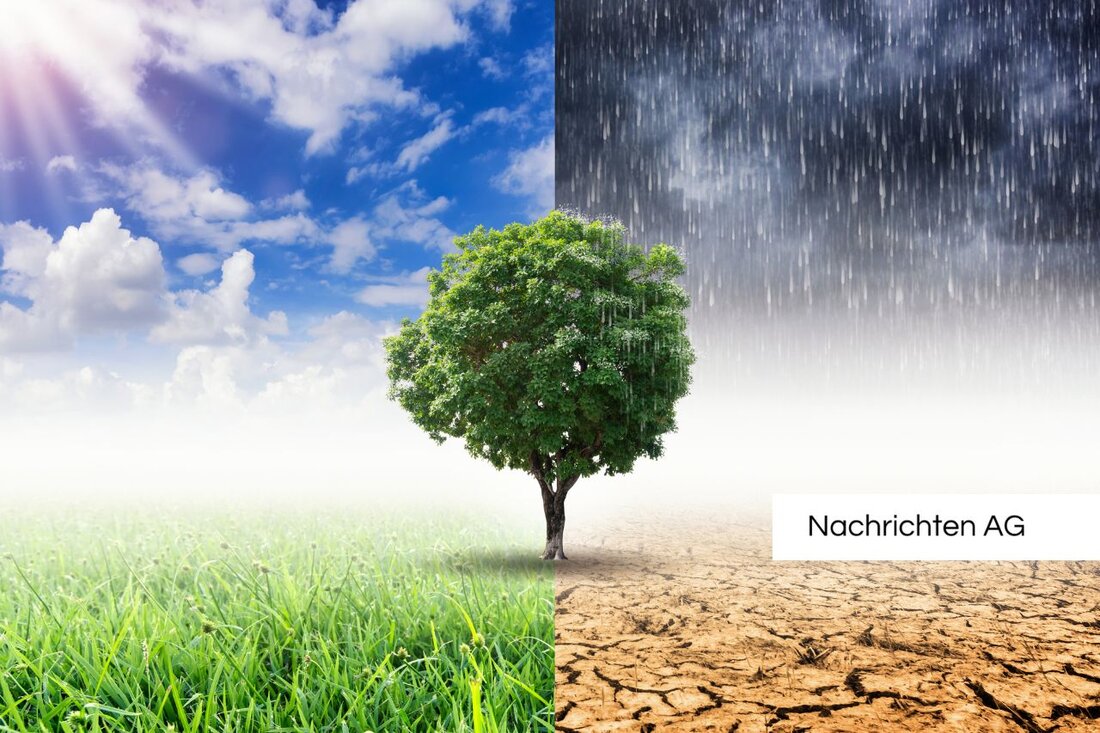Artist overgrown meadow near Rerik – art and nature conservation combined!
Bruno Blank is planning to protect a unique wetland biotope near Rerik that combines endangered species and art.

Artist overgrown meadow near Rerik – art and nature conservation combined!
Something extraordinary is happening in the picturesque area of Garvsmühlen, near the L122 near Rerik. Bruno Blank, who acquired the area 15 years ago, has created a wild meadow on an area of 4.5 hectares, some of which is a legally protected wetland biotope. This is not only a retreat for various species of butterflies and marsh plants, but also home to bizarre art installations, such as objects disguised as telephone booths, an upside down car and a moped on a small island. But not all residents are enthusiastic about this overgrowth; some are bothered by the unmown condition of the meadow, without specific names being mentioned, as [Ostsee-Zeitung] reports.
The biotope plays an essential role in the ecological structure of the region. Moor protection officer Erik Asmus emphasizes the importance of the area, especially as a habitat for endangered species such as the moor frog, which is on the Red List. Peatlands are considered valuable habitats and have a decisive influence on the climate because they are effective carbon stores. Intact moors can store more CO₂ than forests, while drained moors become CO₂ dumpers. Unfortunately, only around 5% of the original moors in Germany are close to nature, often endangered by intensive use, such as peat mining and destruction, as [NABU] notes.
Art and nature in harmony
The combination of art and nature makes the area a special destination. The original art objects that have been scattered on the meadow for years were actually intended to stimulate thought and create a connection between people and nature. The mixed flora and fauna merging with the art installations creates a striking image that could attract many visitors. But Bruno Blank is concerned about the future of the biotope. He plans to protect the area in the long term and possibly hand it over to a foundation, but has concerns about the lack of staff in the foundations who could take care of such projects.
With around 40,000 hectares of moorland in the Rostock district, the dimensions of the regional moors are evident. These valuable ecosystems are not only habitats for various species, but also natural water reservoirs. The common practice of peat extraction and drainage endanger these sensitive regions. NABU is therefore committed to the protection and renaturation of moors worldwide in order to preserve this valuable habitat.
The importance of the moors
The different types of bogs are of fundamental importance for biodiversity. Raised bogs, which are fed only by rainwater and are poor in nutrients, are home to special plant species such as peat mosses and various grasses. Fens, on the other hand, have a connection to groundwater and are richer in species, but are also threatened. A variety of plants and animals found in these habitats are at risk. These include the dwarf birch, the long-leaved sundew and many insect species that are on the list of threatened species, as [BfN] summarizes. The renaturation and protection of these areas is therefore not only important for biodiversity, but also for our environment as a whole.
Bruno Blank's commitment to preserving his biotope can be seen as an example of active nature conservation measures. The combination of art and ecology not only offers aesthetic appeal, but also the opportunity to sensitize people to the importance of the moors. Ultimately, the responsibility lies with all of us to protect and preserve these valuable habitats.

 Suche
Suche
 Mein Konto
Mein Konto